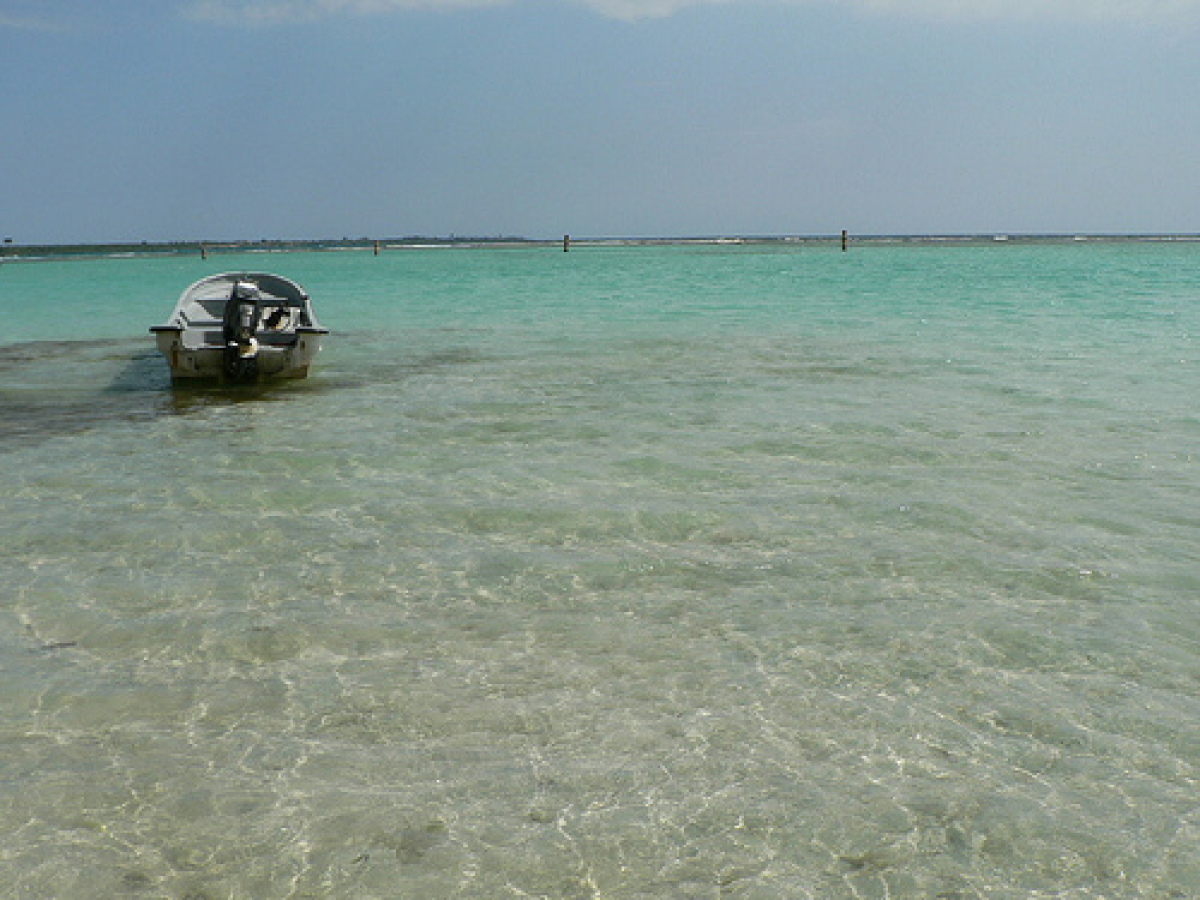Dominican Republic Geography
What is the terrain and geography like in Dominican Republic?
Overview
The Dominican Republic occupies the eastern two-thirds of the Island of Hispaniola, the second largest of the Greater Antilles group, after Cuba. The Dominican Republic is bordered on the north by the Atlantic Ocean, on the south by the Caribbean Sea, and on the east by the Mona Passage, which separates Hispaniola from Puerto Rico, 71 miles away. In the west it shares a land border with the Republic of Haiti.The Dominican Republic has a land area of 18,712 square miles. The country, with its 1,000-mile coastline, extends about 240 miles from east to west and has a maximum north-south width of about 170 miles.
Much of the terrain is rugged. Four nearly parallel mountain ranges transverse the country from northwest to southeast. The Cordillera Central is the largest range and divides the country into almost equal parts. Pico Duarte is the highest mountain in the West Indies at 10,128 feet. The largest and most fertile valley, the Cibao, is in the upper central part of the country and is approximately 150 miles long by 10–30 miles wide.
Dominican rivers vary in flow with the season and are only navigable for short distances at their mouths, if at all. Their main use is for irrigation and hydroelectric power. Major rivers in the Dominican Republic are the Ozama, Yaque del Norte, Yaque del Sur, La Isabela, Higuamo, and Soco.
Geography - note
Shares island of Hispaniola with HaitiDominican Republic Use of Natural Resources
| Geographic Location | The Caribbean |
| Total Area |
18,791 Square Miles 48,670 Square Kilometers |
| Land Area |
18,656 Square Miles 48,320 Square Kilometers |
| Water Area |
135 Square Miles 350 Square Kilometers |
| Land Boundaries |
224 Miles 360 Kilometers |
| Irrigated Land |
1,183 Square Miles 3,065 Square Kilometers |
| Border Countries | Haiti 360 km |
| Coastline |
800 Miles 1,288 Kilometers |
| Geographic Coordinates | 19 00 N, 70 40 W |
| Terrain | Rugged highlands and mountains with fertile valleys interspersed |
| Highest Point | 3,175 Meters |
| Highest Point Location | Pico Duarte 3,175 m |
| Lowest Point | -46 Meters |
| Lowest Point Location | Lago Enriquillo -46 m |
| Natural Resources | Nickel, bauxite, gold, silver |
| Time Zone | UTC-4 (1 hour ahead of Washington, DC, during Standard Time) |

